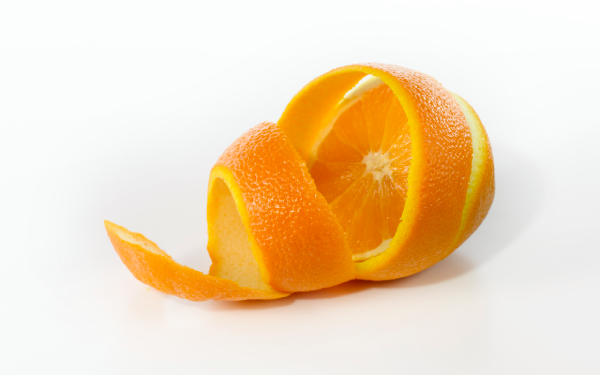Promotional Features
Why global scale and local customization are key to pectin production
The popularity of pectin is rising amid consumer demand for nature-derived, easy-to-understand labels. With its emulsifying, gelling and thickening properties, plus the ability to stabilize protein in acidic environments, pectin is a highly versatile solution that can address a wide range of consumer demands. However, pectin production is challenging, and manufacturers need to carefully consider their choice of partner to ensure the long-term success of their products.
Pectin is a water-soluble fiber derived from apple and citrus peels. Consumers accept pectin because it is a familiar, nature-derived ingredient but its roots in apple and citrus peels create challenges for food and beverage manufacturers.
The functionality of pectin is dictated by the quality of the fruit peel. As the peel is a natural raw material, its quality depends on freshness. At its best, pectin is an ingredient with protein stabilization power and very attractive sensory characteristics that is effective at low doses, thereby creating opportunities to reduce the cost-in-use for manufacturers.
Yet, those properties are best achievable when working with an uninterrupted supply of fresh peel raw material. The need for consistent fresh peel is driving leaders in the pectin market such as Cargill, a global agribusiness with 155 years of heritage in food and agriculture, to actively work with suppliers on the development of raw materials to ensure the highest-quality output.
Consistency is enabled by in-house programs that track how the characteristics of fruit peels affect the functionality of the pectin. Supplier qualifications and raw material parameters are part of the picture, too.
Delivering cost competitive pectin
Recognizing the importance of peel to the properties of pectin, Cargill recently opened a new facility in Brazil’s Fruit Belt region. The facility, which shows Cargill’s commitment to be one of the biggest suppliers in the world, combines state-of-the-art technology and highly efficient processing with the proximity to a citrus-growing region that is needed to secure a supply of fresh peels. Through the combination, Cargill is ensuring the reliability of supply in sustainable, high-quality pectin.
Cargill is just 2km from its raw material supplier, a top three juice producer, and sources peels primarily from Rainforest Alliance farms to support the sustainability of its pectin. If needed, the facility can switch from fresh to dry peel for added flexibility.
The scale of the operation and its location in a region where fresh peels are readily accessible improves the cost competitiveness of Cargill’s pectin. The goal is to deliver affordable, quality pectin to help food and beverage companies meet rising demand for nature-derived products with easy-to-understand labels.
Establishing expertise in pectin processing
Even pectin production plants that have ready access to fresh peel face challenges. Fruit peel is affected by seasonal and natural fluctuations that influence the resulting pectin. Producers of pectin need a depth of knowledge and experience to manage the variations efficiently and thereby keep delivering a consistent quality ingredient even as changes in the natural world affect the raw material.
Producers with expertise in pectin processing and applications are best placed to deliver pectin. Factors such as the control of raw materials, process operations and interactions between different pectin types influence stabilization properties, making knowledge of those nuances essential to the delivery of the suitable ingredients and the realization of new opportunities for pectin.
Manufacturers have successfully used pectin in gummies, aerated confectionery, fruit pastes, toffees, and more. In bakery filling applications, pectin is designed to deliver various technical specifications, such as depositing thermo-reversibility and texture balance between pumpability and bake stability.
Tailoring pectin offering for Asia
Cargill’s commitment to developing the suitable pectin for each application is exemplified by its work to create a product tailored to what Asian consumers want from acidified dairy drinks. The result is Cargill’s Unipectine AYD R, a series that reflects consumer preferences for lighter, more refreshing acidified dairy drinks. Cargill blends pectin for Asian customers at two facilities in China and Singapore, allowing it to add value to customers by offering faster lead times and customizations.
The Brazil plant, Unipectine AYD R, as well as China and Singapore blending facilities show how Cargill combines a global solution with local adaptation and customization. By partnering with Cargill, manufacturers benefit from proximity to peel producers, expertise in the processing of the raw material, and insights into local taste preferences, enabling them to deliver products that align with the tastes and values of consumers.






